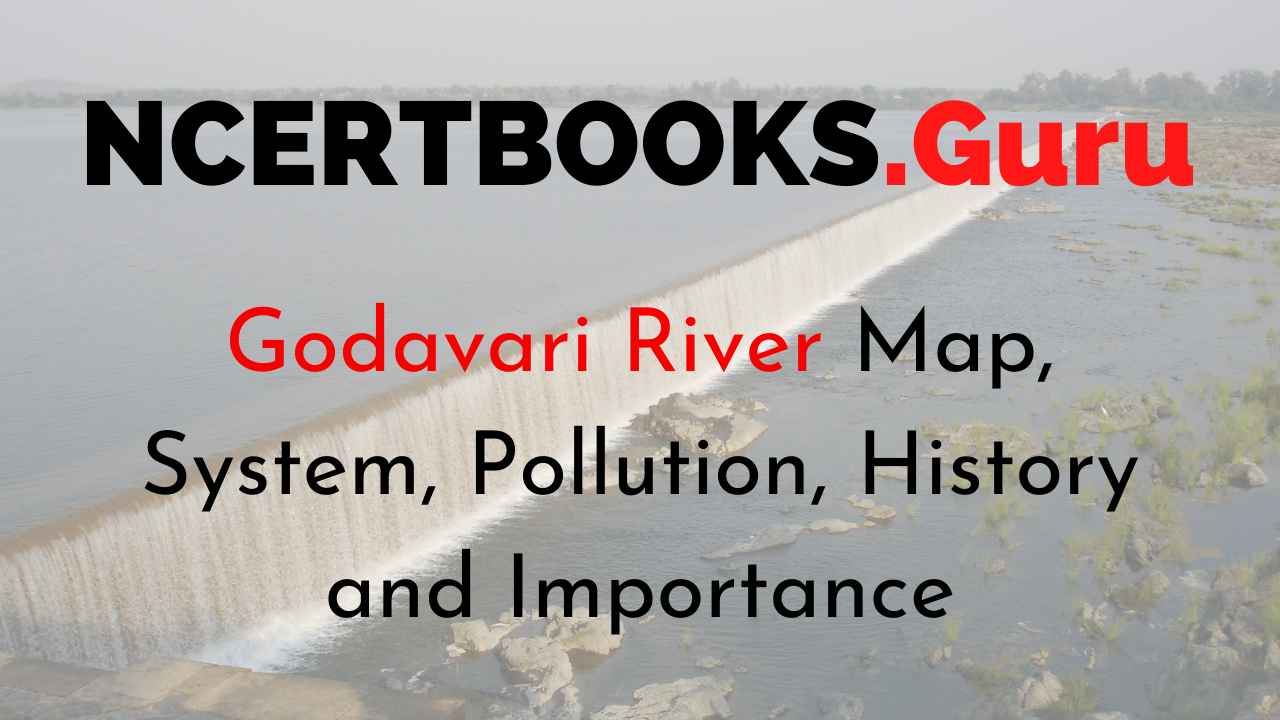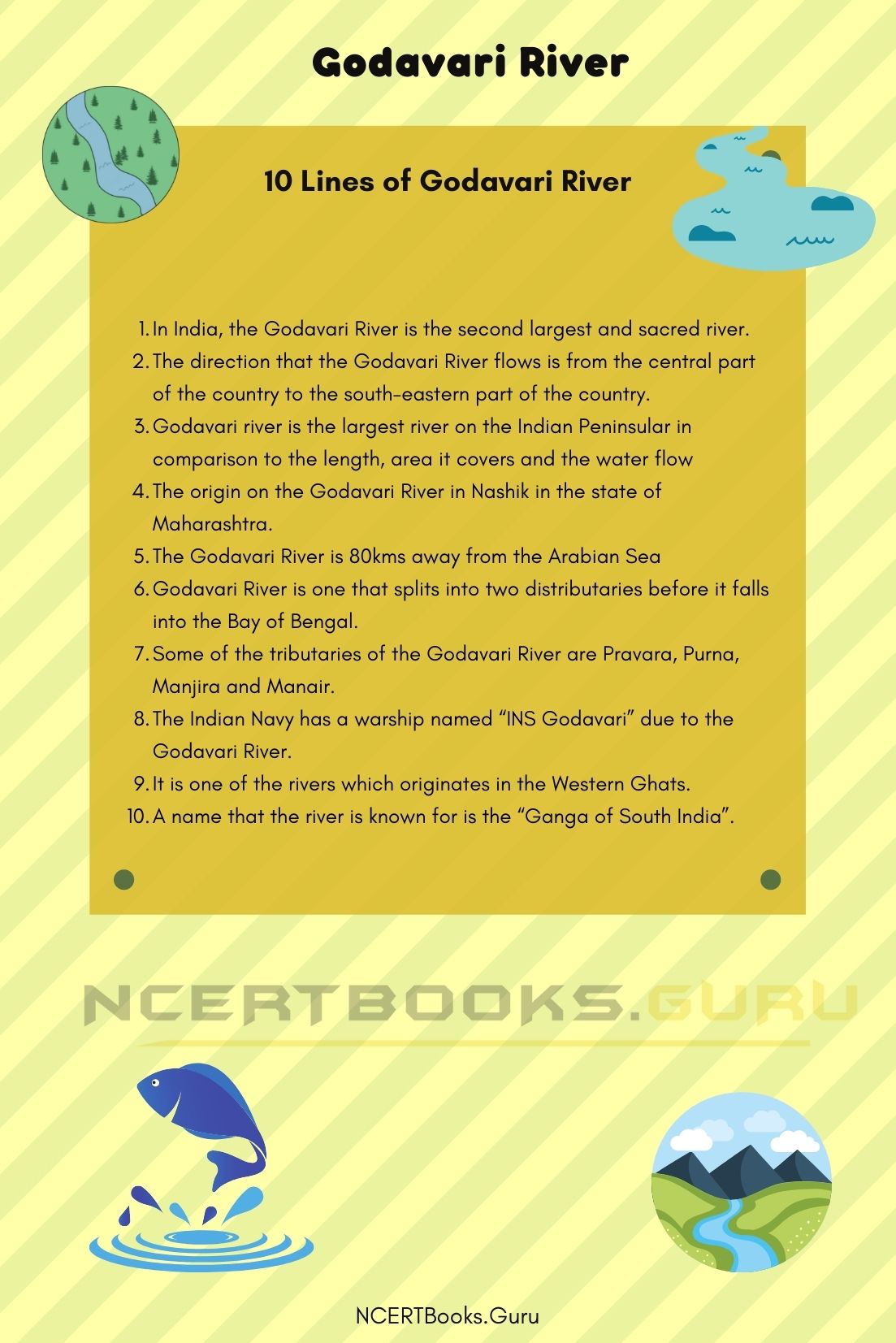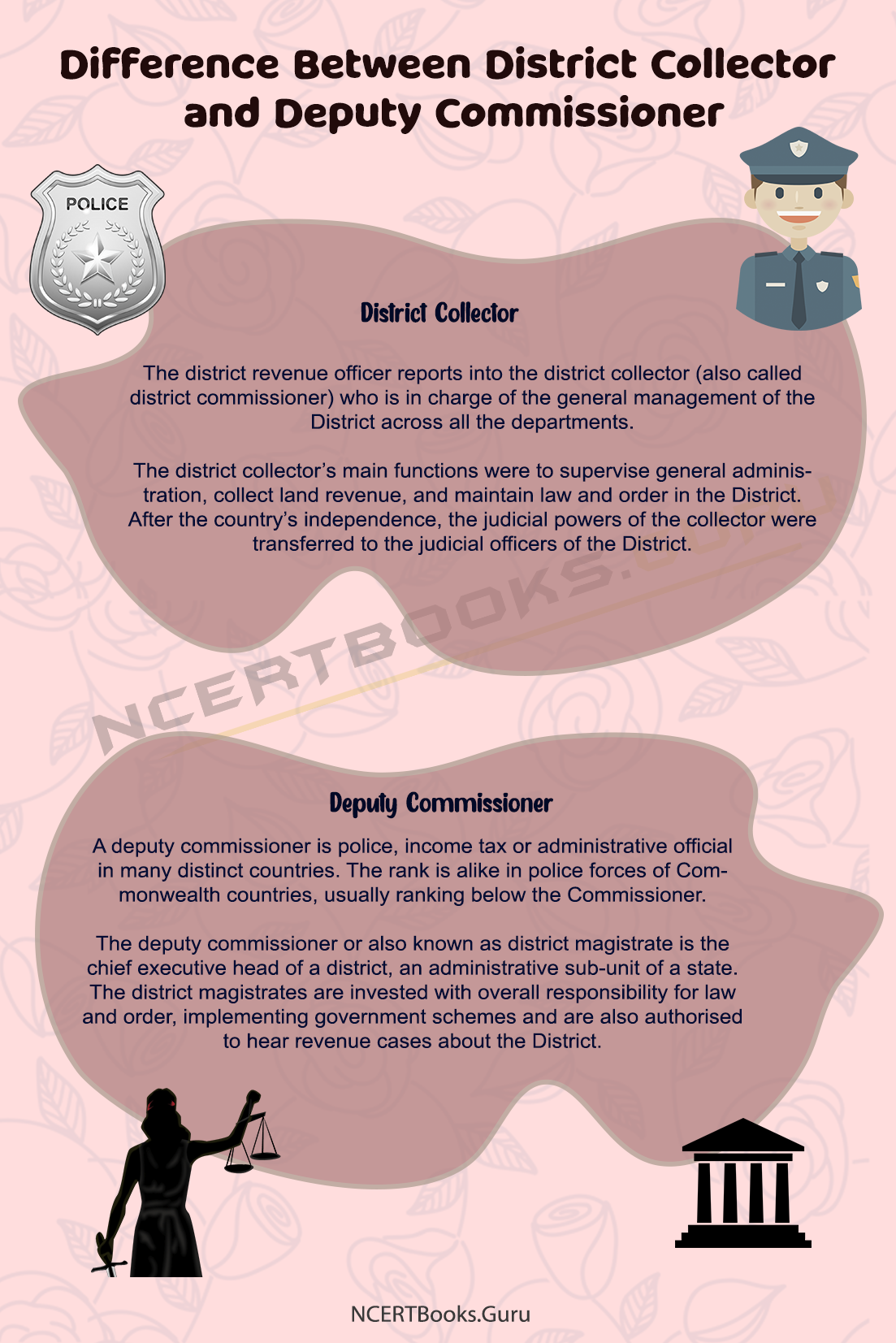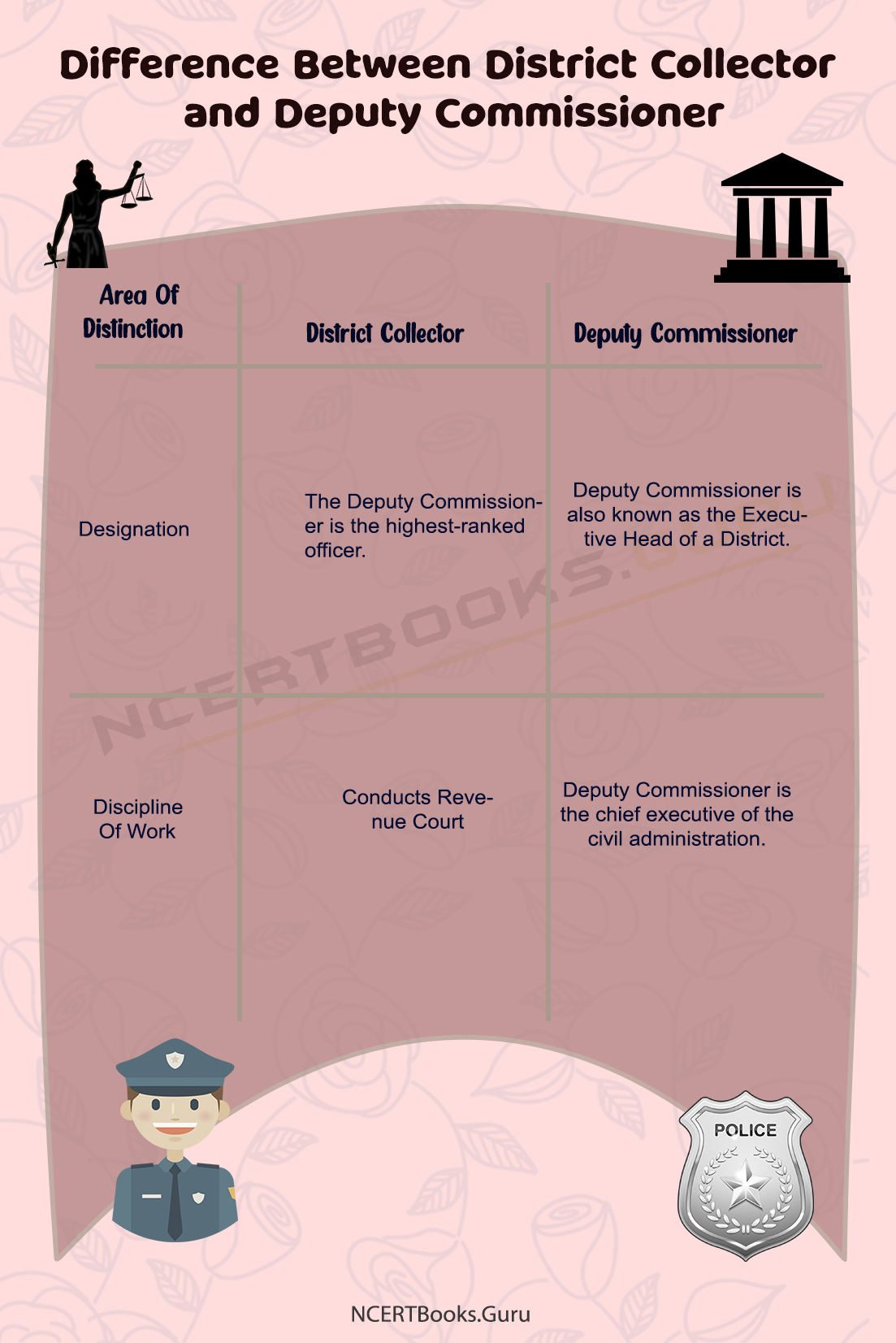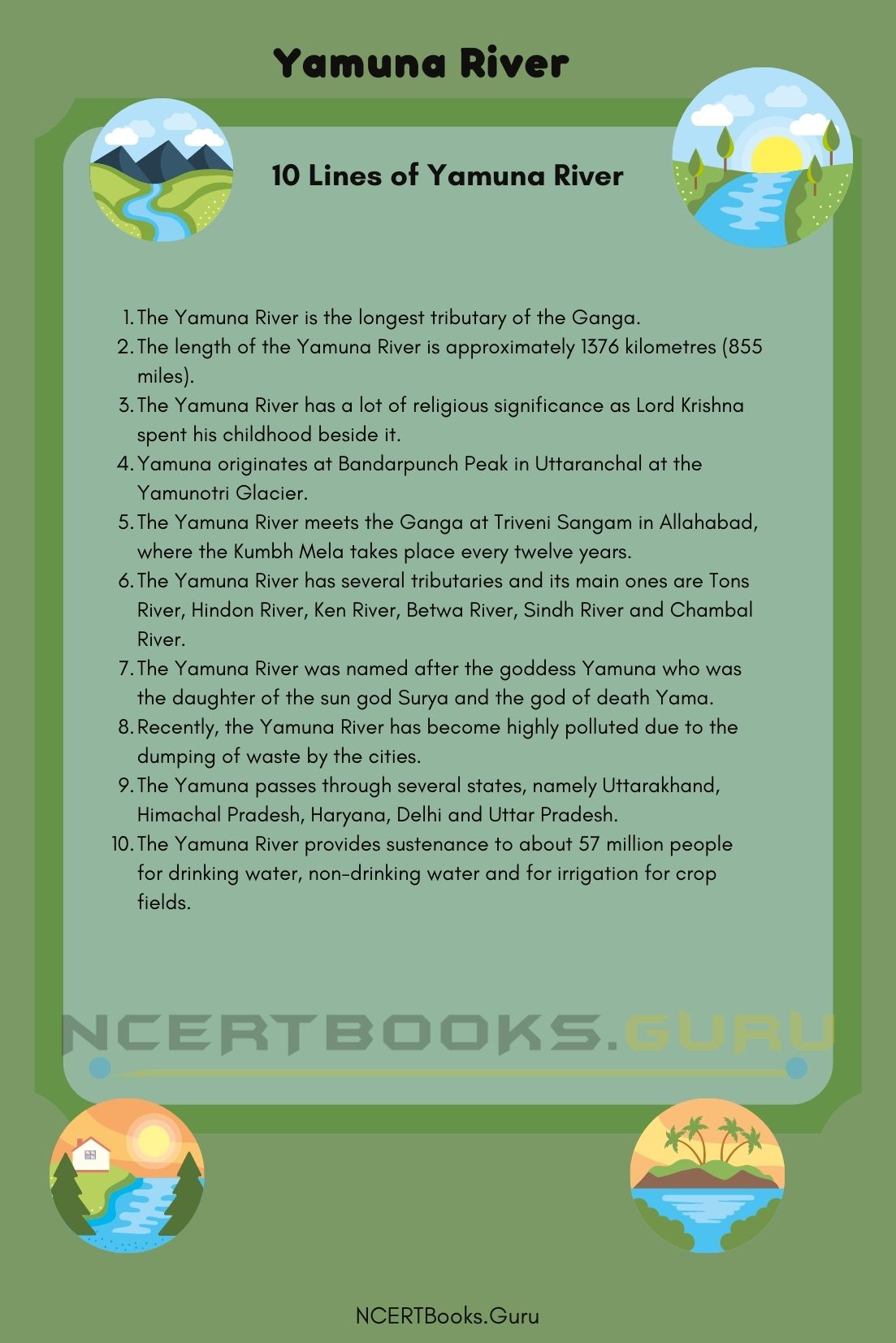Check out Institute of Rural Management Anand Courses & Syllabus 2022. Candidates can check the necessary details about IRMA courses and syllabus 2022. Here we have given courses and also syllabus for various programs and other important details (इंस्टिट्यूट ऑफ रुरल मैनेजमैंट आनंद कोर्सेस). Here we also gave semester-wise Subjects which helps the candidate in providing information. Also, check various academic programs offered by the Institute of Rural Management Anand. The Institute invites applications from candidates who have completed or are likely to complete the required courses this academic year.
IRMA provides management training, support, and research facilities to students committed to rural development. The admission to this institute is based on the entrance test, IRMA Social Awareness Test (IRMASAT) and this also provides admission to PGDRM and FPRM on the basis of CAT / XAT Scores. So the interested candidates can apply online. This institute takes students only on a merit basis.
- IRMA Programs details
- IRMA Courses details
- IRMA Entrance Exam Syllabus
- IRMA 2021 Syllabus (Institute of Rural Management Anand Courses & Syllabus)
- Where can I find Year Wise IRMA Course Syllabus?
- How to download IRMA Course Syllabus PDF?
- What are the Courses Offered at IRMA?
Institute of Rural Management Anand Courses & Syllabus 2021
| University | Institute of Rural Management Anand |
| Page Information & Location | Institute of Rural Management Anand Courses & Syllabus, Gujarat |
| Offered Courses | PGDRM, FPRM, CRM |
| Official site | Click Here |
| Application Notification | Admissions open |
IRMA Programs details
IRMA was established in 1979 at Anand, Gujarat with the support of the Swiss Agency for Development Cooperation (SDC). The rationale behind its installation had to do with providing management education, training, research, and consultancy support to co-operatives and rural development organizations in India. This is an autonomous institution located in Anand in Gujarat. Here we have provided the syllabus of various courses present at this institute. Interested candidates can refer to our site for more details.
IRMA Courses details
This institute is the best institute in India this offers the best quality of education. Here we have given courses offered by this institution
Post Graduate Diploma in Rural Management (PGDRM)
IRMA’s PGDRM integrates the two streams and equips talented men and women with both development perspectives and business acumen. The PGDRM is recognized as equivalent to a Master’s degree in Rural Management by the Association of Indian Universities (AIU) and approved by the All India Council for Technical Education (AICTE). This course is offered for 2 academic years and the exam will be conducted on a semester basis. We have also given the syllabus for this course.
Fellow Programme in Rural Management (FPRM)
This is for aspirants and professionals seeking careers in research, teaching, and specialized knowledge-based positions in institutions of higher learning, research, and development organizations. FPRM is a doctoral-level program approved by the All India Council for Technical Education (AICTE). This course is offered for 3 academic years and the exam will be conducted on a semester basis. The external exam, results will be declared after the month of exams. We have also given the syllabus for this course.
Certificate in Rural Management (CRM)
IRMA’s designated organizations can sponsor their employees (executives and officers) for a Certificate in Rural Management (CRM) or Post Graduate Diploma in Rural Management (PRM). The sponsored applicants can complete the program in two years, or they can opt for a Certificate in Rural Management (CRM) at the end of the first year. This course is offered for 6 months and the exam will be conducted on a semester basis. We have also given the syllabus for this course.
Institute of Rural Management Anand Courses – Click Here
IRMA Entrance Exam Syllabus
Institute of Rural Management Anand Courses & Syllabus: There is no pre-defined syllabus for the IRMA entrance exam. The candidates need to knowledge and understanding of social issues. Here are some of the topics of which some questions were asked.
- Employment and Literacy
- Women-Oriented Schemes
- Rural Development
- Gender and Social Groups
- Short-Term Migration
- Social and Economic Development
- Human Development
- Indian Economy
- IRDP Schemes
- Educational Initiatives of the Government
- Poverty alleviation and development programs
- Millennium development goals
- Internal security issues
- Human Rights
- Sex Ratio
- Agriculture
- Environmental Issues
- Health Issues
- Education
- Rural and Urban Population
- Corporate Social Responsibility
Also, Check:
IRMA 20221 Syllabus (Institute of Rural Management Anand Courses & Syllabus)
Candidates studying this university should know the syllabus of the particular course. So here we have mentioned the syllabus of courses for the academic year 2014-2017. As we know that the exam syllabus remains the same as the last year. So here we have given the syllabus for this academic year.
IRMA Syllabus 2017-18 – Click Here
IRMA Syllabus 2017
PGDRM Syllabus 2017 – Click Here
FPRM Syllabus 2017 – Click Here
CRM Syllabus 2017 – Click Here
IRMA Syllabus 2016 – Click Here
IRMA Syllabus 2015 – Click Here
IRMA Syllabus 2014- Click Here
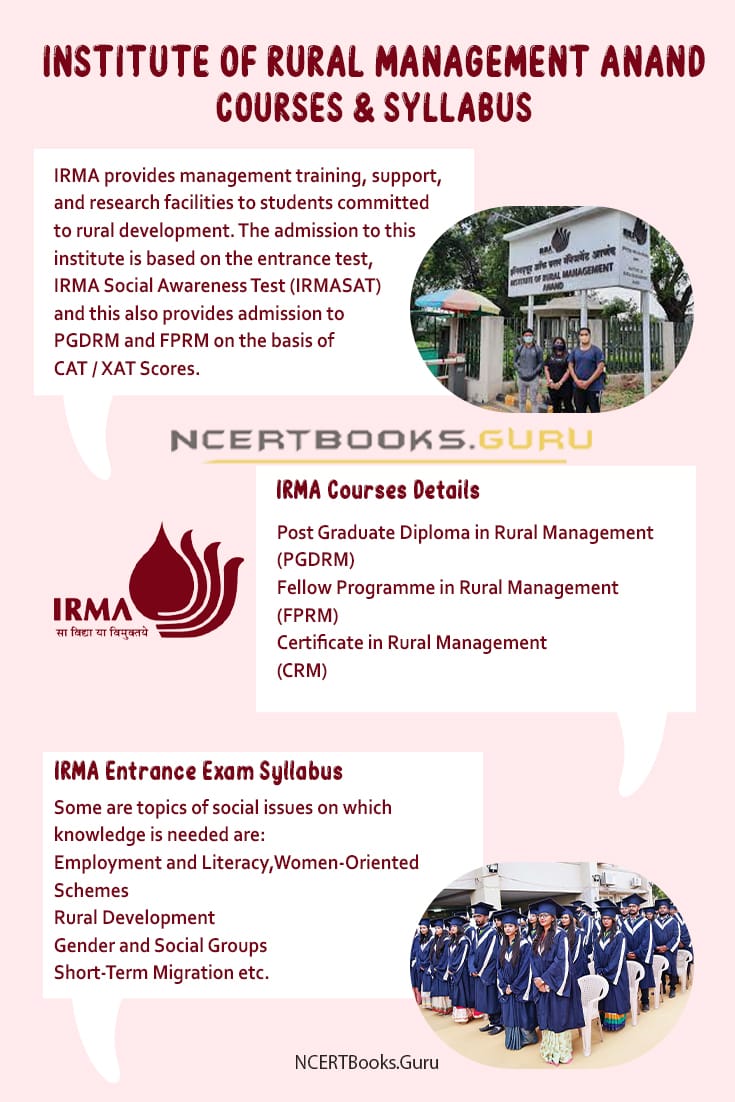
FAQs on IRMA Courses
1. Where can I find Year Wise IRMA Course Syllabus?
You can find Year Wise IRMA Course Syllabus on our page.
2. How to download IRMA Course Syllabus PDF?
All you need to do is simply tap on the quick links available for IRMA Course and use them as a reference.
3. What are the Courses Offered at IRMA?
Courses Offered at IRMA are Post Graduate Diploma in Rural Management (PGDRM), Fellow Programme in Rural Management (FPRM), Certificate in Rural Management (CRM).
Summary
We have provided the Institute of Rural Management Anand Courses & Syllabus 2021 in this article. Students are requested to share this article with their friends. Students who want to know more details about this article those associated with the Official Website for Institute of Rural Management Anand or our web page to know more information. Students who have any queries about this article can leave a review in the below report box for clarifying your doubts.

